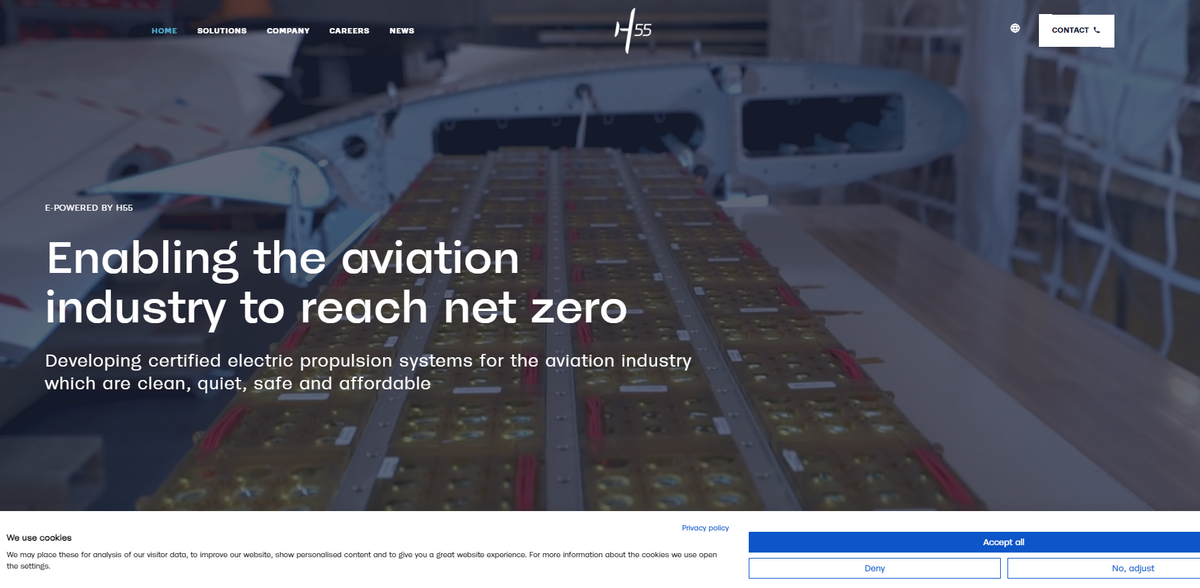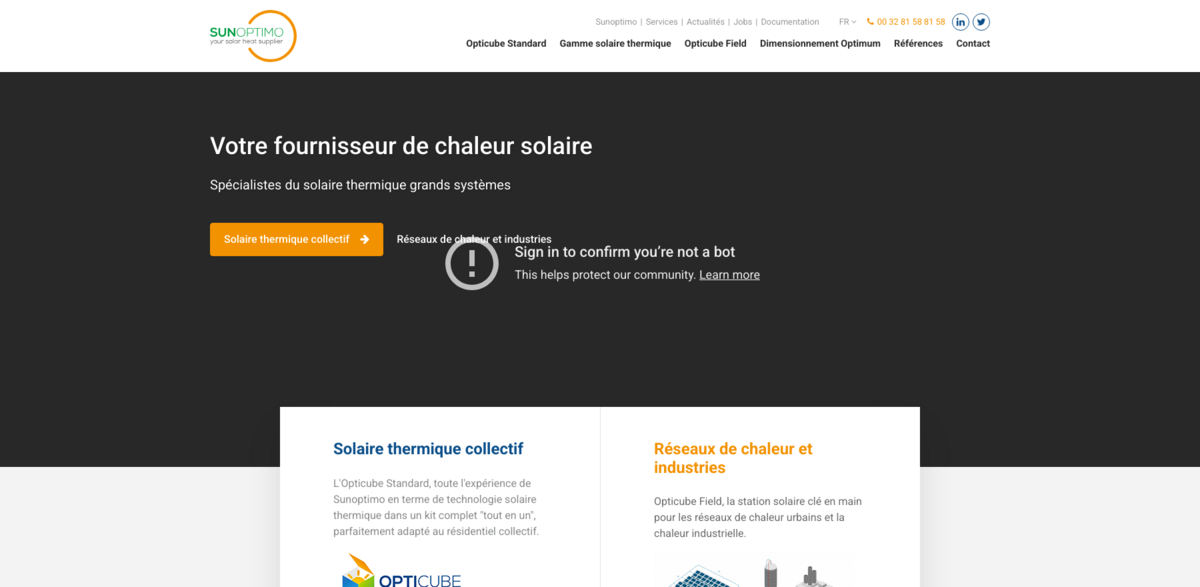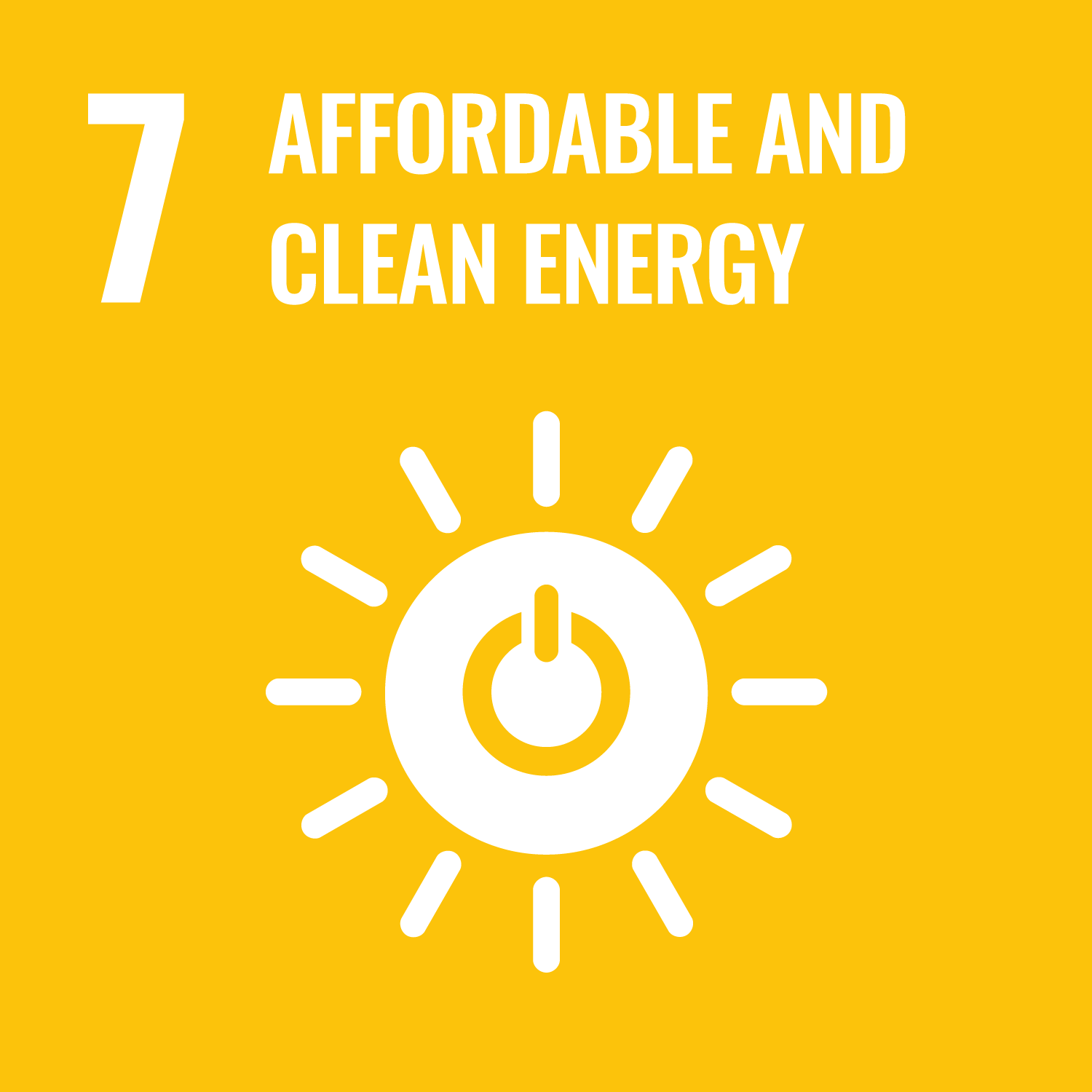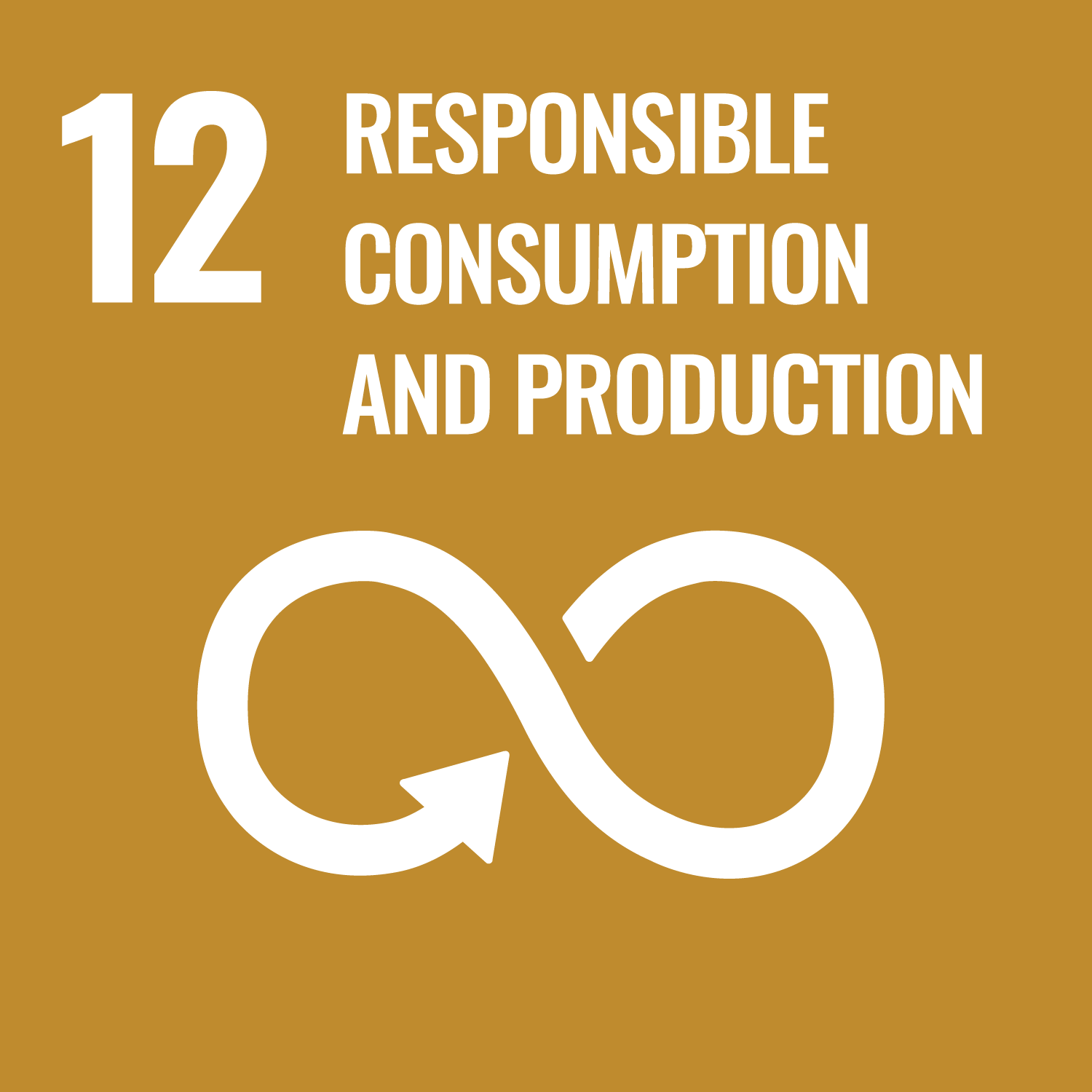What the Project Is
ENABLING THE AVIATION INDUSTRY TO REACH NET ZERO… The project involves developing certified electric propulsion systems for the aviation industry which are clean, quiet, safe, and affordable. With a focus on transforming air transportation of tomorrow, the technology advances electric aviation using state‐of‐the‐art power systems. In this project, certified technology solutions are implemented to make air transport not only clean and efficient but also set the stage for an ultimately autonomous future. Ultra-modern electric propulsion systems are at the heart of these efforts, integrating energy storage systems with robust electric power units to deliver proven performance under real flight conditions.
Main Benefit
The impact of these technological solutions is best understood through a series of impressive figures and facts:
- Solar Impulse, the technological precursor, was the first electric airplane to have flown around the world, powered solely by solar energy.
- Solar Impulse’s two electric airplanes flew 46,000 km in 550 flying hours, setting 14 FAI world records including the longest solo flight by André Borschberg.
- H55’s first customer application is a 2-seater fully electric pilot training aircraft, propelled by an EPS 104kW system with an overall endurance of 60 minutes plus reserves.
- The H55 EPS has been integrated and flown within 4 different types of aircraft, clearly proving its efficiency and reliability in actual flight conditions.
- Hybrid projects, such as the development of the Energy Storage System (ESS) for a 49-seat De Havilland Dash 8 demonstrator, aim for a 30% improvement in fuel efficiency and an equivalent reduction in CO₂ emissions.
- Major conversion programs include Harbour Air’s fleet of De Havilland Beaver aircraft and the transformation of CAE’s 80 Piper Archer® trainer aircraft to full electric propulsion.
Technological Legacy and Innovation
The project’s roots can be traced back to Solar Impulse and its pioneering journey in sustainable aviation. Solar Impulse was the first electric airplane to circumnavigate the globe, a groundbreaking achievement that paved the way for all subsequent efforts in clean propulsion systems. The pioneering journey is celebrated through the legacy of Solar Impulse’s battery technologies and propulsion systems. By leveraging the experience gained from achieving world records in flight, the project continues to innovate. The integrated approach, combining the Energy Storage System (ESS) with an Electric Power Unit (EPU), ensures that electric aviation maintains its momentum while expanding its operational scope in various airplane designs.
Customization and Integration Capabilities
The adaptability of the H55 solutions is a critical element in this project. H55 has demonstrated a recognized ability in customizing technology in a cost and time-efficient manner, supporting customers on airplane integration and certification. The modularity of the technology paves the way for evolving applications, whether it is for the transformation of existing airplanes through STC programs or the electrification of new designs including commuter, STOL, and eVTOL aircraft. This practical flexibility makes it easier and faster to bring certified aircraft to market, ensuring that multiple aircraft designs can benefit from sustainable, electric propulsion systems.
Future-Oriented Developments
Plans for the future are clearly laid out in the roadmap of the project. H55 EPS and EPU power inputs are set to increase depending on customer application needs. A second certified version of 200kW is foreseen, and enhancements in the H55 ESS product will improve energy density in line with advances in both cylindrical and pouch cell technologies. In addition, a power focus ESS is available with a more complex cooling system – a testament to the commitment to innovation. These developments are aimed at making air transportation safer, cleaner, and ever more efficient, ensuring that the foundation of sustainable aviation continues to build on proven technology while embracing the challenges of tomorrow.
Project Impact
- SDG 7: Affordable and Clean Energy – Enhancing the sustainability of aviation through clean energy solutions.
- SDG 9: Industry, Innovation, and Infrastructure – Pioneering certified electric propulsion systems to foster innovation in aerospace.
- SDG 11: Sustainable Cities and Communities – Contributing to the creation of greener urban air mobility.
- SDG 13: Climate Action – Delivering tangible reductions in CO₂ emissions and setting new standards for environmental stewardship.
Certifications and Global Collaboration
Efforts in certification and integration stand as a cornerstone for the project’s successful deployment on a global scale. H55’s EPS is being certified in Europe by EASA, while ongoing collaborations with certification authorities in the USA (FAA) and Canada (Transport Canada) are actively defining the certification basis for propulsion and battery solutions. Through these critical partnerships, the project aims to navigate diverse regulatory landscapes. This collaborative approach ensures that certification, safety, and operational excellence are upheld across different international markets. By maintaining close relationships with regulatory bodies, the project not only meets stringent certification requirements but also sets a recognized standard in the evolution of electric aviation—a future where air travel is not only efficient and safe but fundamentally reimagined for a carbon-neutral era.





















